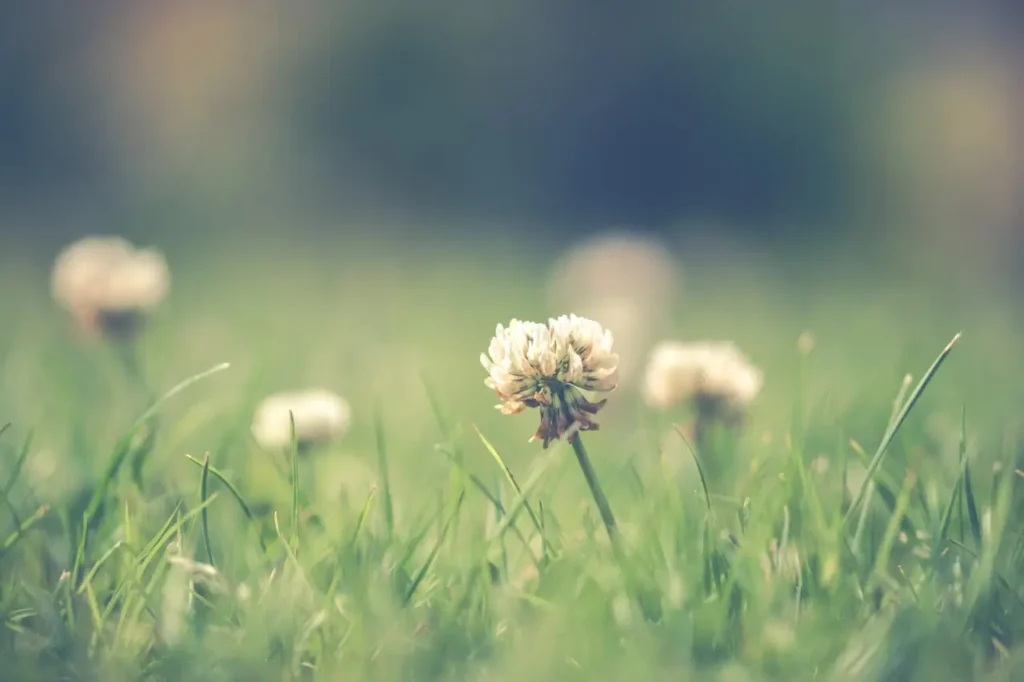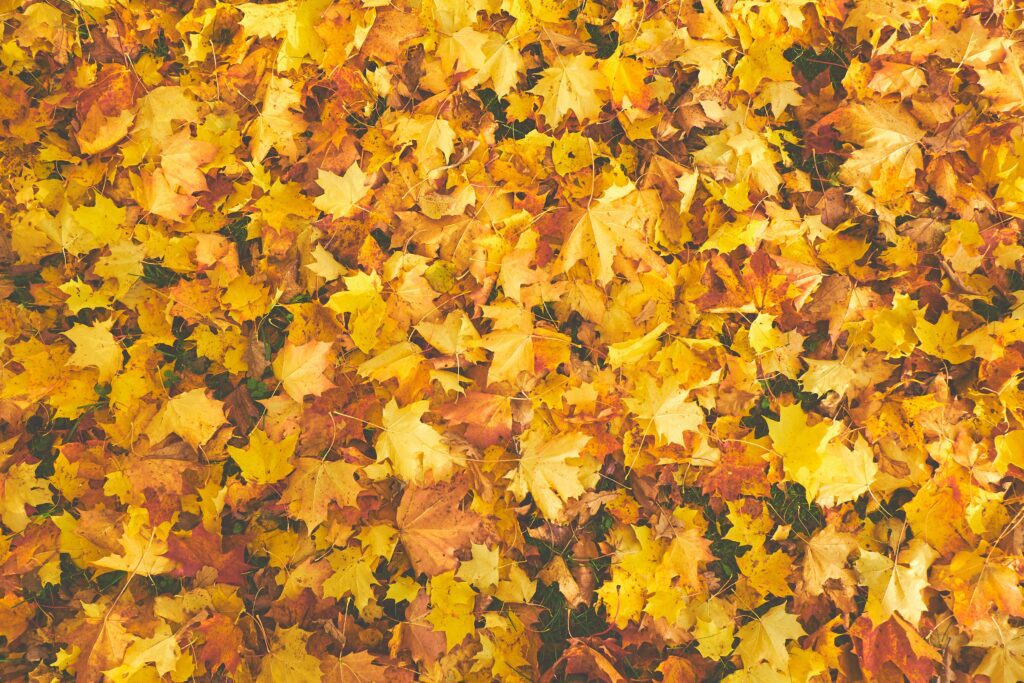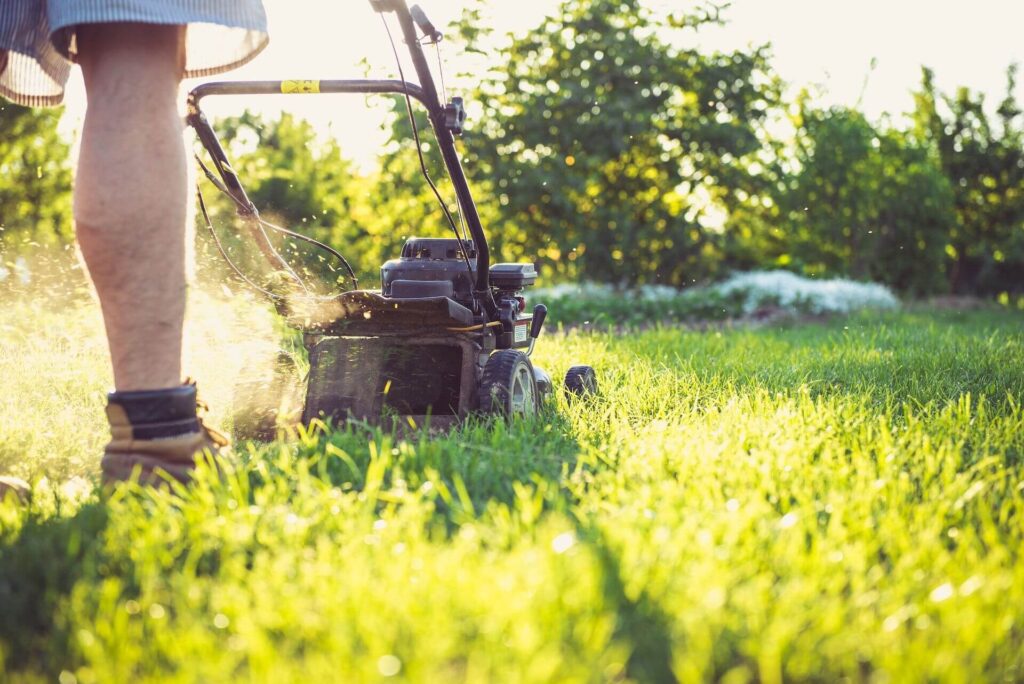Late spring snows, that occur after plants have sent up flowers or leafed out, generally leaves plant freeze damage or destruction in their wake.
Heavy snows that cling to leaves and weigh down branches cause limbs to break, push tulips to the ground and can force petals to fall off. Shrubs have branches splayed open and some perennial blooms may freeze. It’s not what we want to see as spring comes to life across the landscape.
Nevertheless, in Colorado’s harsh and unpredictable climate, this is what we deal with. Here are some things you need to know – and some steps you might take to undo some of the damage.
Bad news/good news for trees Many ash and honey locust trees may suffer in freezing temps along the Front Range and their leaves may turn brown. The good news is that Mother Nature has a built-in contingency plan. Most of these trees should recover and send out a secondary set of buds and leaves. Expect them to appear in about three weeks.
Pushing out these secondary buds requires a lot of energy within the tree. Be prepared to relieve the stress by providing extra TLC with a tree care program that includes adequate water and fertilization.
Address damaged and hanging branches Branches broken by winds may be hanging in the tree to ready fall at any time and cracked branches could fall in the next wind storm. Falling branches pose serious risks to people and property. If you can’t reach limb damage with an extended saw while standing flat-footed on the ground, bring in a pro who has the equipment and know-how to do the job safely. If you suspect there may be damage, schedule an inspection by a pro who can tell you whether pruning is in order.
Splayed shrubs Heavy snows often leave shrubs splayed open and they may not perk up to their original form on their own. You can help the shrub recover from plant freeze damage by bundling and tying the branches for a couple of months to help it regain its former shape.
Perennials Early-blooming perennials that have sent up flower stalks are also subject to breakage in heavy snows. Sometimes tulips and daffodils perk up after the snow melts, especially if the snow has insulated their blooms from freezing, and other times they are not so lucky. We can only live with the results – and if blooms are bent but not broken, think about cutting the stems for an indoor bouquet.
Remember to leave the foliage from bulbs in place until they turn brown. The green leaves will be busy pulling nutrients into the bulb that will push next season’s growth.
If unsure about peonies, it may be possible to cut off the flower stems and try to force blooming indoors.
Assess damage, do what you can – and get the lawn mower ready to roll. Recent moisture–especially if you fertilized the lawn before the rains–will make your grass grow.
We’re Colorado Springs’ premium lawn care provider. Contact us today or request a free quote.
Other Great Articles about Lawn Care Trips

Understanding How Pre-Emergent & Post-Emergent Weed Control Products Work
Weeds can be the bane of any homeowner’s lawn, especially in central Colorado. If you’re battling these pesky intruders, understanding the differences between the various weed control products available can be daunting. That’s why we’re going to explain the two main types of weed management products, pre-emergent and post-emergent herbicides. As you read on, you’ll…

The Complete Guide to Fall Lawn Care: Best Practices for Preparing Your Lawn for Winter
Is this your first fall as a Colorado Springs homeowner? Whether you’re ready to winterize your lawn for the first time or simply need a fall lawn care refresher for the home you’ve lived in for years, these essential lawn care basics will help you transition your lawn from the summer season to winter. Fall…

The Complete Guide to Lawn Mowing + Lawn Mowing Tips for Colorado Springs Homeowners
Mowing your Colorado Springs lawn is more than a weekend chore; it’s essential to keeping your green space healthy and attractive. You may think the only purpose of mowing is to keep your grass from getting unruly. However, your mowing practice can actually help increase your lawn’s density and encourage deep root growth, two factors…
